Maurice Utrillo (1883 – 1955)
Get a Maurice Utrillo (1883 – 1955) Certificate of Authenticity for your painting (COA) for your Maurice Utrillo (1883 – 1955) drawing.
For all your Maurice Utrillo (1883 – 1955) artworks you need a Certificate of Authenticity (COA) in order to sell, to insure or to donate for a tax deduction.
Getting a Maurice Utrillo (1883 – 1955) Certificate of Authenticity (COA) is easy. Just send us photos and dimensions and tell us what you know about the origin or history of your Maurice Utrillo (1883 – 1955) painting or drawing.
If you want to sell your Maurice Utrillo (1883 – 1955) painting or drawing use our selling services. We offer Maurice Utrillo (1883 – 1955) selling help, selling advice, private treaty sales and full brokerage.
We have been authenticating Maurice Utrillo (1883 – 1955) and issuing certificates of authenticity since 2002. We are recognized Maurice Utrillo (1883 – 1955) experts and Maurice Utrillo (1883 – 1955) certified appraisers. We issue COAs and appraisals for all Maurice Utrillo (1883 – 1955) artworks.
Our Maurice Utrillo (1883 – 1955) paintings and drawings authentications are accepted and respected worldwide.
Each COA is backed by in-depth research and analysis authentication reports.
The Maurice Utrillo (1883 – 1955) certificates of authenticity we issue are based on solid, reliable and fully referenced art investigations, authentication research, analytical work and forensic studies.
We are available to examine your Maurice Utrillo (1883 – 1955) painting or drawing anywhere in the world.
You will generally receive your certificates of authenticity and authentication report within two weeks. Some complicated cases with difficult to research Maurice Utrillo (1883 – 1955) paintings or drawings take longer.
Our clients include Maurice Utrillo (1883 – 1955) collectors, investors, tax authorities, insurance adjusters, appraisers, valuers, auctioneers, Federal agencies and many law firms.
We perform Maurice Utrillo art authentication, appraisal, certificates of authenticity (COA), analysis, research, scientific tests, full art authentications. We will help you sell your Maurice Utrillo or we will sell it for you.
French Post-Impressionist artist Maurice Utrillo led a troubled life. At an early age he had a proclivity for truancy, and was later plagued by mental illness and alcoholism.
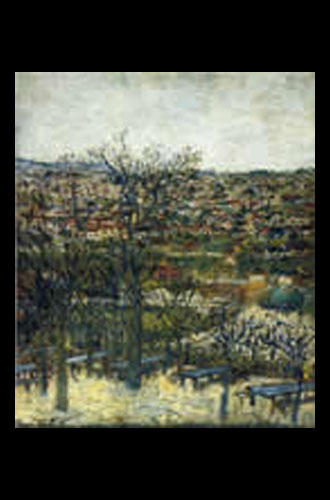
In spite of these personal obstacles and time spent in and out of mental asylums, he painted throughout his life and had a prolific output of artistic work. He is best known for his cityscapes of the Parisian neighborhood Montemartre where he lived and mingled with other like-minded bohemians. Many of these city scenes are today reproduced on postcards and posters and sold to tourists visiting the neighborhood.
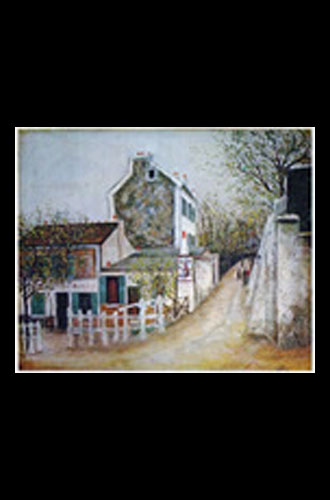
Born Maurice Valadon, Utrillo was the son of artist Suzanna Valadon. His paternity is debated, but in 1891 Spanish artist Miguel Utrillo legally vouched his fatherhood. Suzanna was eighteen when her son was born, and she earned a living as a model for several Montmartre artists, including Morisot, Renoir, and Toulouse-Lautrec. Eventually she began painting herself and was mentored by Degas.
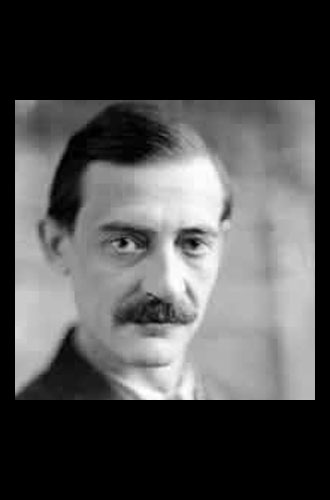
Whenher son was twenty-one and diagnosed with mental illness, Suzanna took the advice of her doctors and encouraged Utrillo to paint. He left the city and took up residence in Montmagny, just north of Paris. During this time, between 1903 and 1904, he produced over one hundred fifty paintings of the village landscape.
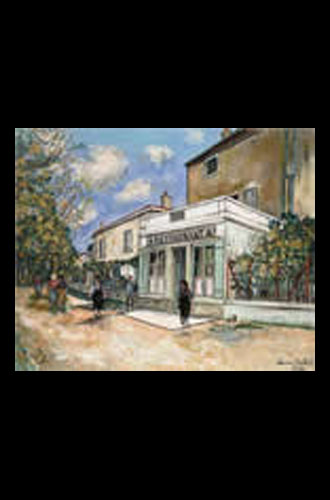
Two years later Utrillo returned to Montemartre and continued painting the architecture and life he saw around him. His early work, c. 1909-1914, is defined as his “white period,” due to his combination of zinc, glue, plaster, and/or cement with paint to create brilliant whites that were used to depict texture and decay on building walls.
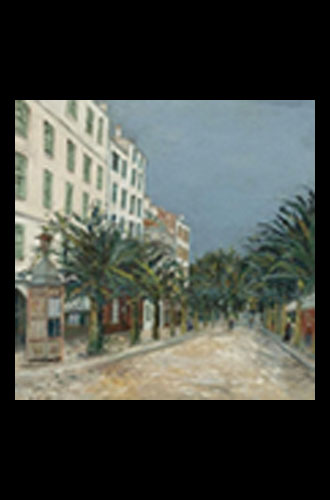
Known as the “color period,” his mature work, roughly 1915-1925, is classified by bright and bold colors combined with hard outlines and evidence of detailed draftsmanship. By the 1920s Utrillo had received international acclaim, and in 1928 he was awarded the Légion d’honneur by the French government.
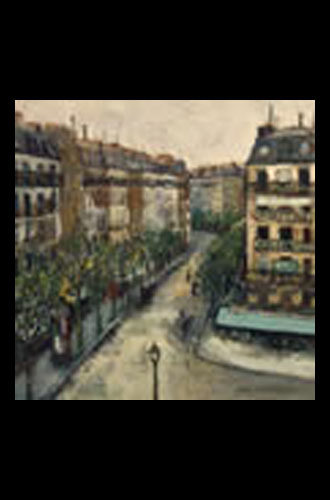
In his later life he became increasingly religious, and at age fifty-two he married Lucie Valore and moved to the Parisian suburb of Le Vesinet. Too old to continue painting outdoors, Utrillo instead painted his cityscapes from his window, from memory, or from postcards. It is also during this time that he began to populate his painted streets with ungainly figures who represented the Montmartre locals who had teased him throughout his life. Utrillo died at seventy-two years of age and was buried in Cimetière Saint-Vincent in Montmartre. His paintings are collected around the world and are included in the holdings of the Hermitage, the Metropolitan Museum of Art, the Museum of Modern Art in New York, and the Musée d’Orsay.
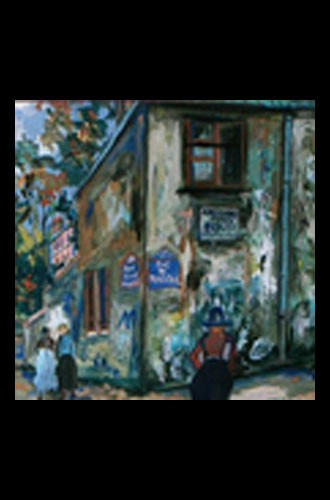
Michele Giambono was an Italian painter of the Early Renaissance in Venice. Giambono’s style, in general, remains archaic and iconic, and seems generally unaffected by Florentine experimentation with perspective and dimensionality of figures. He designed some of the mosaics in the Mascoli chapel in the church of Saint Mark’s Basilica.
